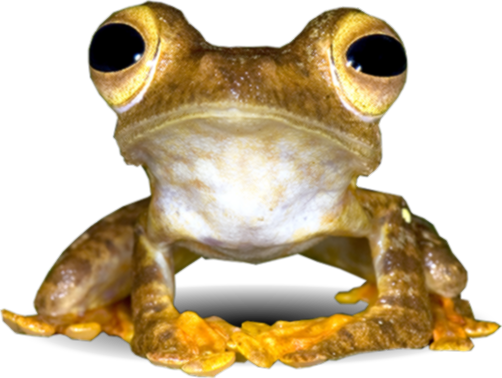Helosis ruficeps is a parasitic plant from the family Balanophoraceae, known for its root parasitism. The genus name, Helosis, originates from the Greek word for a nail, denoting the peltate bracts of the plant. The specific epithet, ruficeps, comes from the Latin word rufus which means reddish, and -ceps means headed, referring to the reddish inflorescence of the plant.
H.N. Ridley first identified the plant as Rhopalocnemis ruficeps in 1914 (Ridley, 1924), but Eberwein & Webber reclassified it as Helosis species in 2004 (Eberwein et al., 2004). An individual plant has both male and female reproductive parts and does not have scale leaves (small protective leaves around the bud).
The tuber of H. ruficeps is yellow, occasionally crimson or orange-brown and grows horizontally along the host root. It is at least 15 cm long and has a diameter of 0.5 to 1 cm. The inflorescence is deep rosy red, ellipsoid and ranges from 2.75 to 10 cm long. Flowers are ensconced within a layer of dense nectariferous hairs. Male flowers, resembling umbrellas, are typically 2.5 mm long and occur in pairs, whereas female flowers, 2-3 mm long, are scattered along the tuber (Kiew et al., 2010). Information on the biology or ecology of this species is very scarce, with no observed insect visitors or recorded host species.
Endemic to Peninsular Malaysia, H. ruficeps has been recorded in Kedah, Penang and Perak with few specimens collected. It is primarily found in hill forests at altitudes ranging from 100 m to 1,300 m (Kiew et al., 2010). The Malaysia Plant Red List classifies this species as Endangered due to habitat degradation. In Kedah and Perak, human activities have disturbed the known localities. Fortunately, those localities in Penang are currently undisturbed but remain vulnerable to future threats as they are not within protected areas (Yong et al., 2021). Because this species is very little known, efforts to establish conservation programs and research initiatives are essential to safeguard this species and its habitat.
